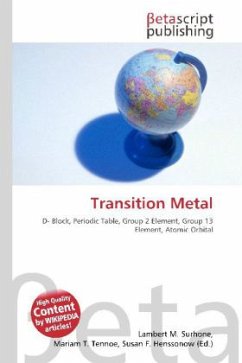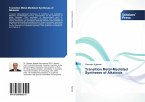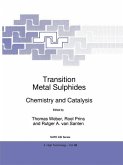Please note that the content of this book primarily consists of articles available from Wikipedia or other free sources online. Although atoms of scandium and yttrium have a single d electron in the outermost shell, these elements are not usually considered transition metals as all their compounds contain the ions Sc3+ and Y3+ in which there are no d electrons. Lanthanum is usually considered a lanthanoid element and actinium an actinoid element.The electronic structure of transition metal atoms can be written, with a few minor exceptions, as ns2(n-1)dm, as the inner d orbital has more energy than the valence-shell s orbital. In divalent and trivalent ions of the transition metals the situation is reversed so that the s electrons have higher energy. Consequently an ion such as Fe2+ has no s electrons, it has the electronic configuration [Ar]3d6 as compared with the configuration of the atom, [Ar]4s23d6. Zinc, cadmium, and mercury are not transition metals as they have the electronic configuration d10s2, with no incomplete d shell.
Bitte wählen Sie Ihr Anliegen aus.
Rechnungen
Retourenschein anfordern
Bestellstatus
Storno








